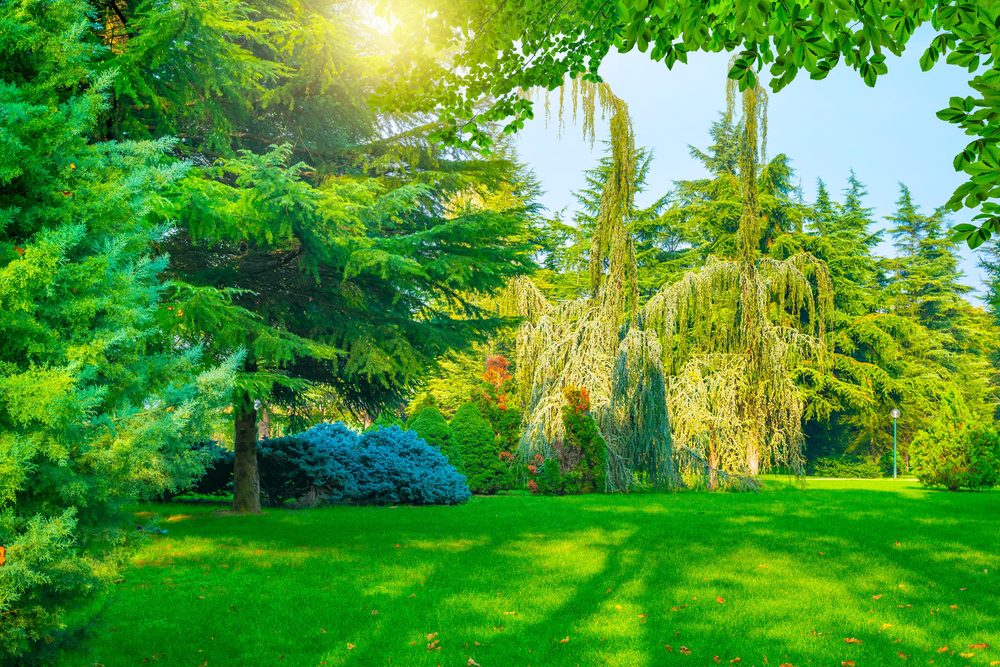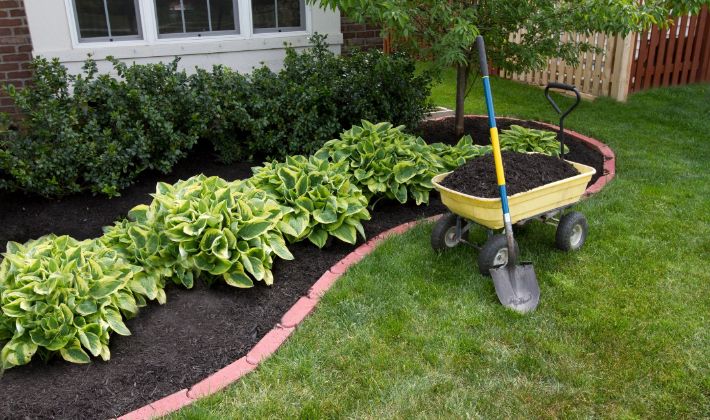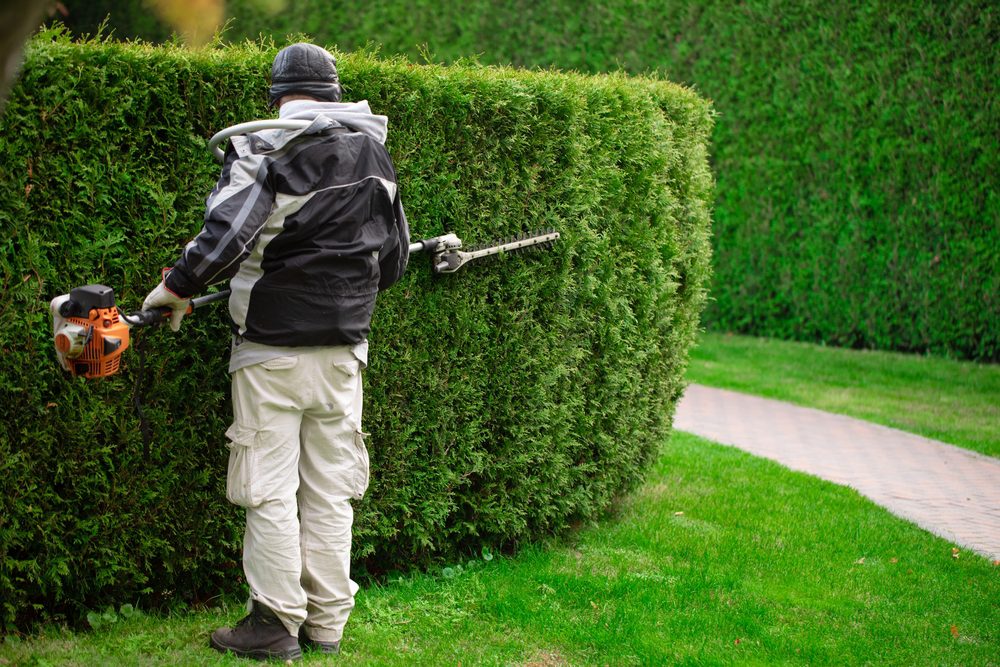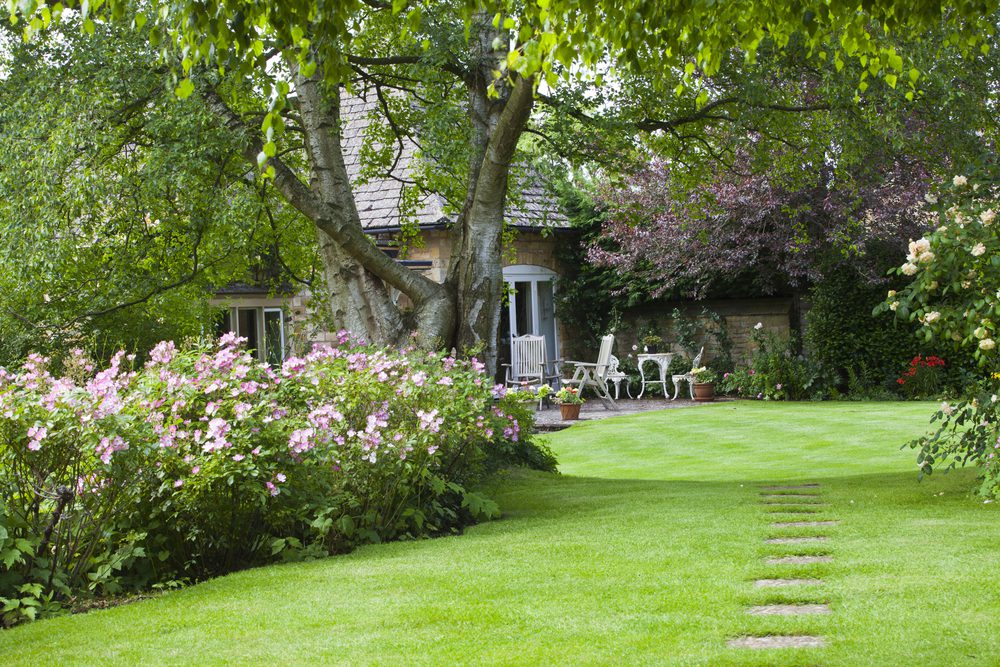
Terrific Trees and Shrubs, Five-Star Arborcare
Plant health care is important to keep your landscape flourishing for many years to come. WILBERCO Five-Star Arborcare helps to control and prevent debilitating phytological ailments from environmental stress, pathogens, or harmful insects. We often encounter many other abiotic factors that can be corrected with some guidance. Please consider the following tips and recommendations to enhance our quality Five-Star Arborcare program.



